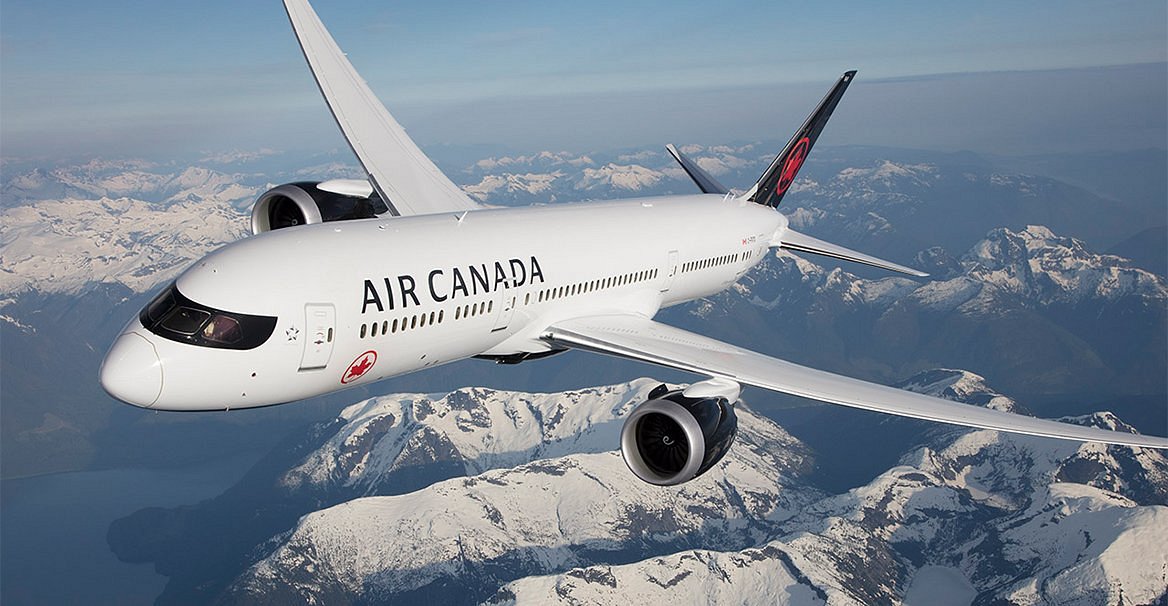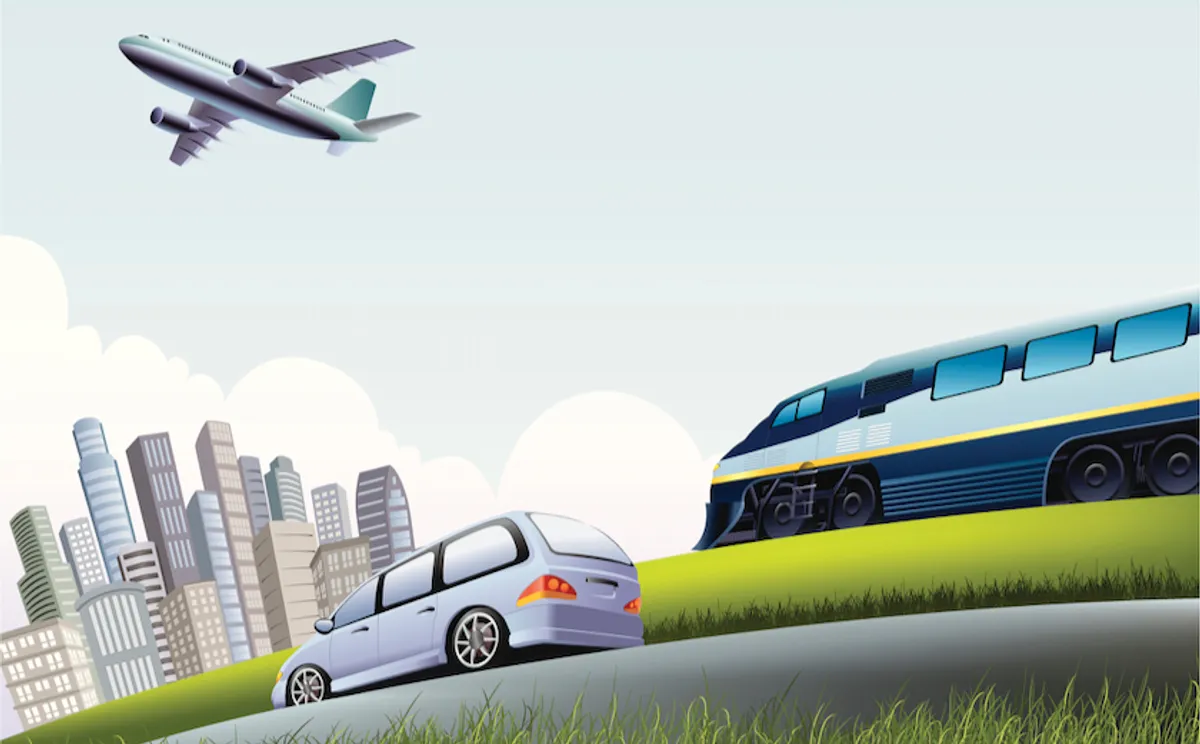Canada is one of the largest countries in the world, covering nearly 10 million square kilometers. Traveling within such a vast nation can be both exciting and challenging. Whether you are a tourist exploring multiple provinces or a resident planning a cross-country journey, understanding Canada’s transportation options is essential. The most common modes of domestic travel are flights, trains, and car rentals, each with its advantages and limitations. Seasonal conditions, which can be extreme in Canada, also play a key role in shaping travel decisions.

Flights: Fast but Seasonal Challenges
Air travel is the quickest way to cover Canada’s long distances. A flight from Toronto to Vancouver takes about five hours, compared to more than 40 hours by car. Air Canada and WestJet are the country’s largest airlines, offering extensive domestic routes and frequent schedules. Smaller carriers like Porter Airlines also connect regional destinations.
It’s worth noting that flights within Canada can be more expensive than in other countries, especially if booked last minute. Planning ahead, flying mid-week, or choosing budget carriers can help reduce costs. According to Transport Canada, air travel continues to grow, with carriers adding seasonal and regional routes each year.
However, winter presents real challenges. Snowstorms and freezing rain can cause delays or cancellations, particularly in northern regions. Travelers should always allow extra time for connections and monitor airline alerts closely during peak winter months.

Take-a-look-inside-Via-Rail-Canadas-new-accessible-train-fleet
Trains: Scenic and Relaxed Travel
For those who prefer comfort and scenic views, trains provide a memorable way to explore Canada. VIA Rail, the national passenger service, operates routes across the country. The most famous is The Canadian, a four-day journey from Toronto to Vancouver, passing through the Rockies, prairies, and endless forests.
Trains are practical for medium distances, especially in the busy Quebec–Windsor corridor linking Toronto, Ottawa, and Montreal. These services are frequent and reliable, making them a strong alternative to flying. While a train from Toronto to Montreal takes around five hours—longer than a one-hour flight—it offers spacious seating, fewer security hassles, and a lower environmental footprint.
Seasonal issues affect trains less than flights, though severe winter storms can occasionally cause delays. Because long-distance trains run only a few times per week, travelers should check VIA Rail’s schedules before booking.

Car Rentals: Freedom to Explore
Renting a car offers the greatest freedom, especially for exploring small towns, national parks, and scenic byways. Companies like Enterprise, Hertz, and Avis operate at airports and in most major cities. Popular routes include the Icefields Parkway between Banff and Jasper or the Cabot Trail in Nova Scotia.
However, car rentals come with added costs, including fuel, insurance, and parking fees in larger cities. Travelers should also be aware of provincial driving rules. For example, Quebec law requires winter tires from December 1 to March 15, and other provinces strongly recommend them in snowy months. Driving in winter can be hazardous, particularly in Alberta, Manitoba, and northern Ontario.
By contrast, summer and fall are ideal for road trips, with dry roads, long daylight hours, and stunning scenery.
Seasonal Constraints: What to Expect
Canada’s four distinct seasons directly affect transportation:
-
Winter (Dec–Mar): Snow and ice create driving hazards, and flights face higher risks of delays. Trains are often more dependable.
-
Spring (Apr–Jun): Road travel becomes easier as snow melts, though flooding can affect rural routes.
-
Summer (Jul–Sep): Peak season for both tourism and air travel. Expect higher airfares and busier highways.
-
Fall (Oct–Nov): A great time for train rides and road trips, with colorful foliage and mild weather.
Choosing the Best Option
The right mode of travel depends on distance, budget, and season:
-
For cross-country trips, flights are the fastest.
-
For scenic journeys and medium distances, trains are ideal.
-
For flexibility and exploring remote areas, car rentals work best.
Canada’s transportation system offers something for every traveler. Whether you fly across provinces, ride the rails for breathtaking views, or rent a car for a road trip, knowing the seasonal challenges will help you plan wisely. With the right choice, exploring Canada becomes not just a journey but an unforgettable experience.
